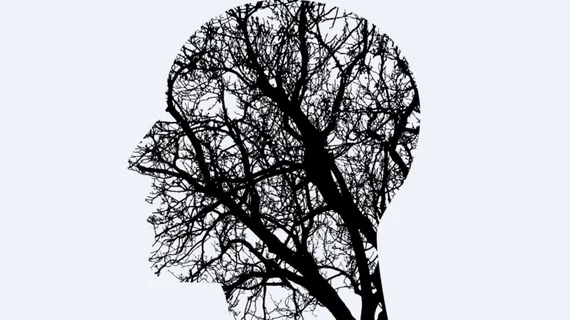62K SPECT scans reveal psychiatric disorders predict accelerated brain aging
One of the largest known brain imaging studies used 62,000 brain SPECT scans to discover that disorders such as schizophrenia and patterns of cerebral blood flow can help predict accelerated aging of the brain.
Led Daniel Amen, MD, the soon-to-be-published study—detailed in press release from the Journal of Alzheimer’s Disease—included researchers from Amen Clinics in Costa Mesa, California; Google; John’s Hopkins University in Baltimore; the University of California, Los Angeles (UCLA); and the University of California, San Francisco (UCSF).
“Based on one of the largest brain imaging studies ever done, we can now track common disorders and behaviors that prematurely age the brain,” Amen said in a prepared statement. “Better treatment of these disorders can slow or even halt the process of brain aging.”
The researchers evaluated 62,452 scans of more than 30,000 individuals between the ages of 9 months and 105 years. The neuroimaging was collected from patients diagnosed with various psychiatric disorders, including bipolar disorder, schizophrenia and attention deficit hyperactivity disorder (ADHD), according to the release.
The team studied 128 brain regions to predict the age of a patient. Accelerated aging was defined as an age predicted from the scan beyond a patient's actual age.
The study found that the following brain disorders and behaviors predicted accelerated aging:
- Schizophrenia (3.9 years of premature aging)
- Cannabis abuse (2.8 years of accelerated aging)
- Bipolar disorder (1.6 years accelerated aging)
- ADHD (1.4 years accelerated aging)
- Alcohol abuse (0.6 years accelerated aging).
Depression did not show accelerated aging, according to the release.
“The results indicate that we can predict an individual's age based on patterns of cerebral blood flow,” said study author Sachit Egan with Google. “Additionally, groundwork has been laid to further explore how common psychiatric disorders can influence healthy patterns of cerebral blood flow.”

